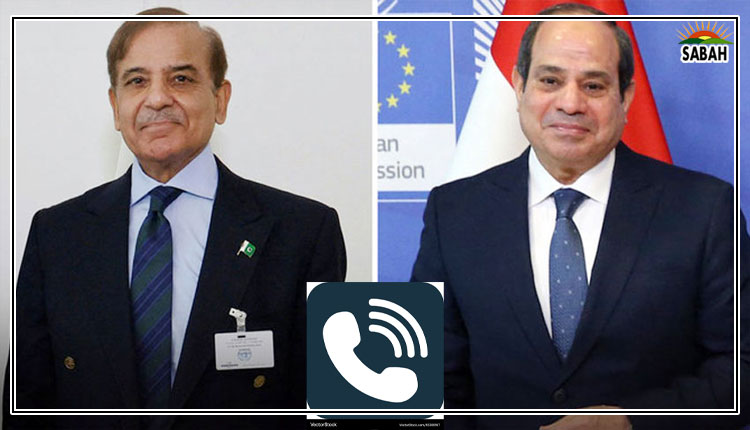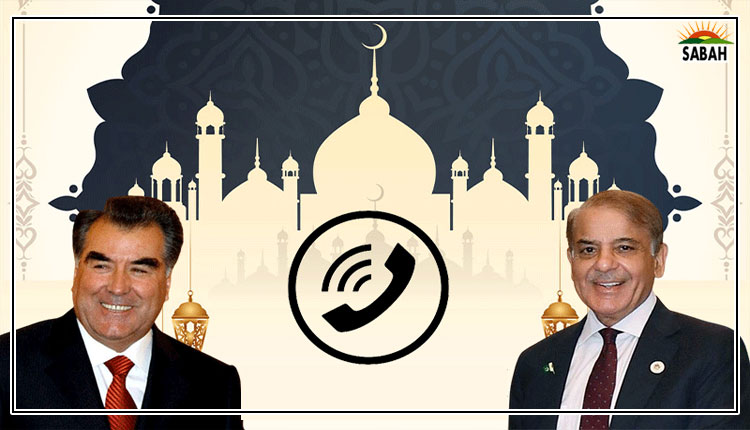Hospitality, not hostility…. Masood Lohar
THE exodus of Pakistan’s brain capital paints a worrying picture of its future landscape. If this trend continues, the nation could be left with a dearth of skilled professionals, leading to a population dominated by drug addicts, criminals, semi-educated clerks and prayer leaders.
According to official data, a staggering 400,000 plus Pakistanis, with a quarter of them highly trained professionals, departed from the country within just the first half of the current year.
This trend mirrors previous years, with over 700,000 leaving in 2022, more than 600,000 in 2019, and 500,000 during the pandemic-impacted years of 2020-2021. Among those departing are engineers, doctors, and IT professionals. This obviously needs immediate attention.
The rationale for this brain drain is multifaceted. It’s challenging to attract investment due to Pakistan’s debt-ridden economy, with external debt reaching $131 billion in 2023-24.
The country faces challenges such as terrorism, climate emergencies, and natural disasters. Moreover, Pakistan also has appointed itself as the ‘fortress of Islam’ — the last standing warrior of the faith. The concerning question is, what if things fall apart because of basic socioeconomic reasons?
With a median age of 23, approximately 63 per cent of the population falls within the age group of 15 to 30 years. This comes at a time when Europe’s population is aging, with a median age of 44, while the US has a median age of 39.
This young population is a significant asset that should be leveraged effectively. Alongside human capital, sectors such as tourism have been overlooked, despite Pakistan’s abundant potential.
The country offers rich historical, scenic and religious sites, including pilgrimage spots for Hindus, Sikhs and Sufis. It features globally acclaimed Pakistani cuisine, diverse community-made handicrafts, and vibrant village-based music and dance forms.
By promoting foreigner-friendly and quality tourism, Pakistan has the potential to earn foreign exchange and generate micro-economies across the nation.
Home to two of the world’s 10 highest mountain peaks and a coastline of 1,365 kilometres, Pakistan presents a mesmerising variety of natural wonders, each more captivating than the other.
The country’s allure ranges from the snow-clad peaks calling out to adventurers worldwide to enjoy the unique wildlife and spellbinding valleys. The nation also echoes the whispers of ancient civilisations through historical monuments spanning millennia.
Pakistan has not put its natural, cultural and historical assets to good use.
However, despite its cultural richness, historical significance, scenic beauty and heritage, Pakistan lags behind its Asian neighbours. The World Bank’s 2021 data shows tourism contributing to 12.6pc, 6.7pc and 4.6pc of GDP in Sri Lanka, Nepal and India respectively; Pakistan’s was 2.7pc. Remarkably, smaller Sri Lanka and Nepal have done far better than Pakistan in this sector.
Pakistan has not gone unnoticed in the global travel arena. In 2018, it was ranked as the top adventure travel destination by the British Backpacker Society and hailed as one of the world’s friendliest countries with awe-inspiring mountain landscapes. Forbes acknowledged Pakistan as one of the “coolest places” to visit in 2019.
The World Economic Forum’s Travel & Tourism Competitiveness Report recognised Pakistan’s remarkable world heritage sites, placing it in the top 25pc globally. In 2020, Condé Nast Traveller honoured Pakistan as the ‘Best Holiday Destination’ and acknowledged its potential as an adventure destination.
Compared with other countries, if Egypt can earn $10.75bn in 2022 from tourism, and Thailand can earn $16bn from its extensive coastline, Pakistan too can capitalise on its historical sites like Mohenjodaro and the picturesque beaches of Sindh and Balochistan. Global beach tourism alone reached $145bn in 2022, highlighting the underutilised coastline of Pakistan.
Pakistani archaeological sites, such as Hindu temples, Sikh sites, ancient Buddhist sites and Sufi shrines, have untapped potential to attract tourists from neighbouring countries and the global diaspora. Additionally, prehistoric rock carving sites and rugged forts like Ranikot Fort, which is known as a ‘mini China wall’, also offer unique experiences.
This potential does not need the additional crutch of government funding. The ever-hospitable and entrepreneurial nature of our nation will take care of showing the world the beautiful side of this most misunderstood and distrusted country.
Pakistan, strangely, falls in the category of hard-to-get visa countries. Opening doors to all types of tourism at least sounds better and less worrying than leasing out airports, seaports and other key national assets.
The writer is an expert on climate change and development, and founder of the Clifton Urban Forest, Karachi.
mlohar@gmail.com
Twitter: @masoodlohar
Courtesy Dawn, August 26th, 2023












